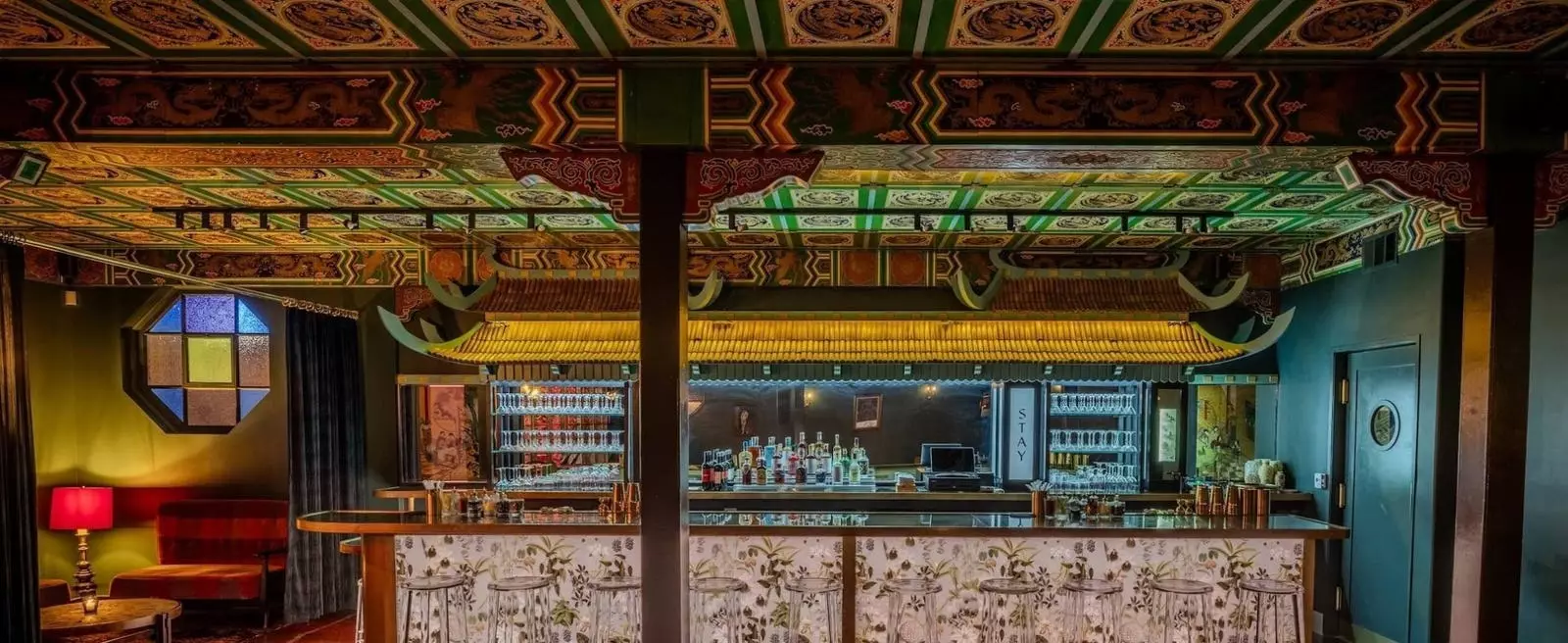The opening of STAY., a bar dedicated entirely to non-alcoholic (NA) beverages, seemed to symbolize a burgeoning trend among consumers who identify as “sober-curious.” The bar, launched in January 2023 in the heart of Los Angeles’ Chinatown, offered a sophisticated alternative to traditional drinking establishments. Notably, STAY. made strides in catering to those looking to enjoy the social aspects of bar culture without the alcohol. The motivations behind the establishment of such venues are deeply rooted in the changing cultural perceptions surrounding drinking, where health-consciousness and mindfulness are increasingly prioritized over rowdy social engagements fueled by alcohol.
However, in an unexpected turn, STAY. announced its closure less than a year after its inception, raising questions about the sustainability of NA bars in a landscape that seemed ripe for their success. Despite an apparent market enthusiasm for NA beverages, it appears that there were challenges deeper than merely appealing to a sober audience.
The closing of STAY. serves as a case study for the challenges faced by NA establishments. Owners Summer Phoenix and Stacey Mann expressed pride in their mission, stating that they had successfully fostered community and connection in a unique environment. However, Mann admitted that drawing patrons in remained a daunting task, which beggars the question: Why are NA bars struggling to attract a steady clientele?
Chris Marshall, the owner of Sans Bar in Austin, TX—one of the longest-standing NA bars in North America—offers critical insight. He highlights the necessity for NA bars to diversify their revenue streams. Relying on drink sales alone may simply not be enough; Marshalls suggests that successful NA bars need to engage in additional endeavors, such as hosting events or consulting with traditional bars to infuse NA offerings into their menus.
This notion emphasizes the risk involved in opening an alcohol-free bar. The potential for significant financial return seems intricately tied to the establishment’s capacity to create a community that resonates with the sober-curious demographic. The existing infrastructure of nightlife in some cities may not fully accommodate this new model, leaving NA bars to compete against a plethora of traditional options that offer instant social gratification.
The cultural shift toward sobriety is not merely a trend but rather part of a broader movement emphasizing health and wellness. Many young adults are looking for ways to socialize without the negative attrition that can accompany excessive drinking. This creates a space for community-oriented establishments like STAY. to thrive, but the transition is slow. The struggle is in how these bars manifest themselves in local nightlife and forge deep connections with patrons.
Marshall elucidates that building a substantial and lasting community characterized by those who choose sobriety takes time and intentionality. Efforts must go beyond conventional marketing; they require creating a welcoming, enjoyable atmosphere that resonates with both sober individuals and those simply looking to reduce their alcohol intake.
His observation supports the idea that sober-friendly spaces may flourish where there is already an informed demographic willing to explore new social norms. As the future of NA bars is assessed, one must consider how to elevate the discourse around sober living and make the spaces appealing to diverse communities.
As we analyze the demise of STAY. in conjunction with the successes of other NA bars, it becomes clear that the sector is still evolving. There is an optimistic belief that at some point in the future, we may well see chains of NA establishments sprouting, with an array of offerings catering to the sober-curious. However, forecasting this future may take longer than anticipated. Marshall argues that we could be five or more years away from a robust chain of NA bars saturating the market.
Ultimately, the emergence of NA bars like STAY. indicates a shift in cultural attitudes and highlights the demand for alternatives to traditional drinking spaces. While the initial enthusiasm may not have translated into longevity for every establishment, the foundation has been laid for a thoughtful exploration of such spaces in the years to come. By focusing on community-building and reimagining social interactions, the path forward might be more optimistic than it currently appears, especially for those willing to innovate and adapt to the needs of a changing populace.


Leave a Reply